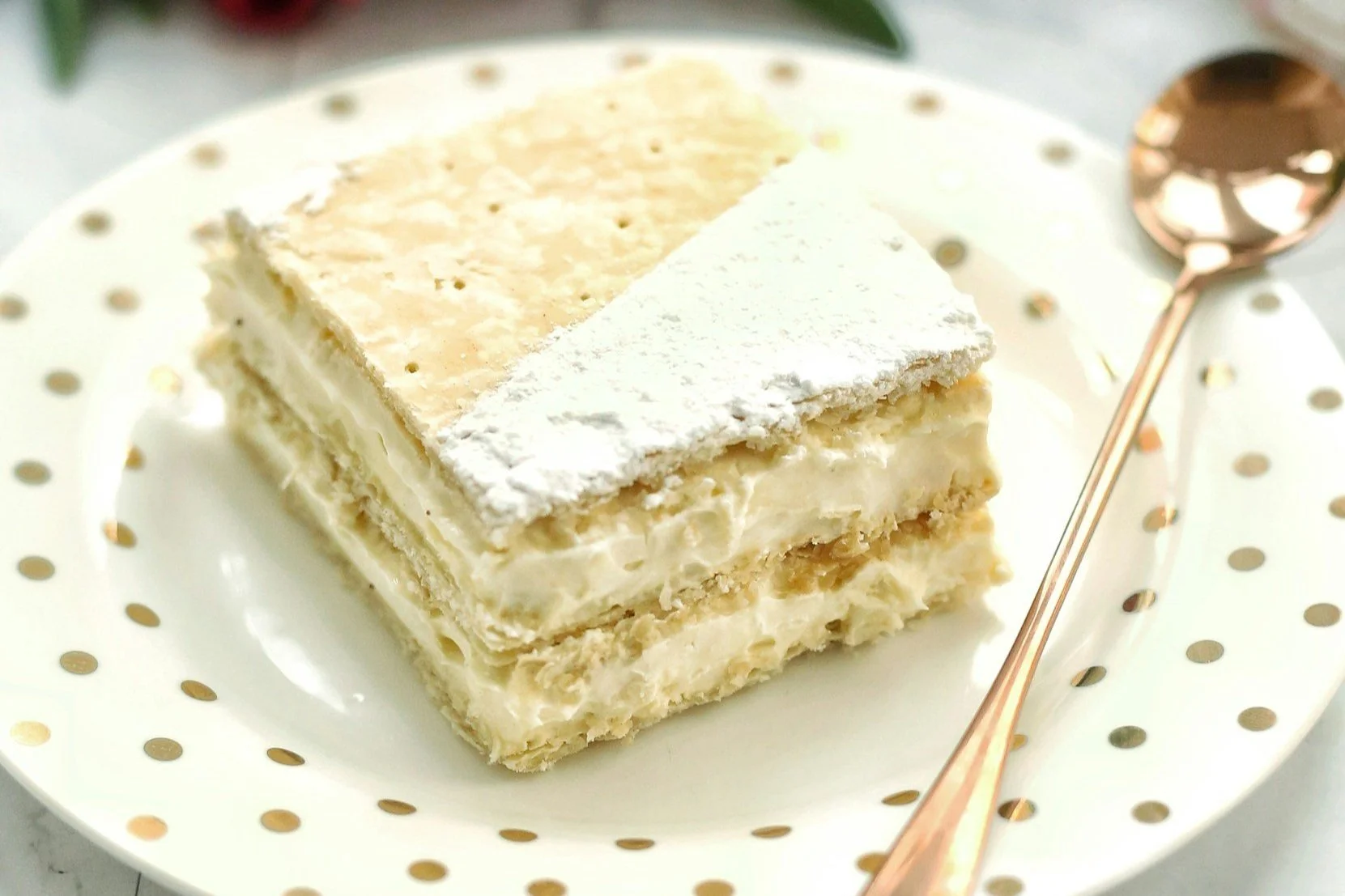Ukrainian Prairie Stories: Recipes and Roots Across the Land
When people speak of Canadian food, it’s often in generalities—maple syrup, poutine, butter tarts. But the real story of Canadian cuisine is one of interwoven legacies. Ukrainian food, especially on the Prairies, is not just a cultural layer; it is a foundational thread in how rural communities fed themselves, celebrated, and built resilience on new soil.
From Baba’s Hands to Bake Sales: Ukrainian Honey Cakes in Rural Alberta
In Ukrainian tradition, medivnyk is a dense, dark honey cake spiced with cinnamon, cloves, and sometimes coffee or cocoa. Though simple in its, ingredients the cake was rich in symbolism and carefully reserved for feast days—especially Christmas, New Year’s, and major weddings. In some regions, it was part of ritual offerings, tied to both the sweetness of life and the warmth of shared gatherings.
Holubtsi on the Homestead: Cabbage Rolls and Root Cellars in Alberta’s Ukrainian Settlements
Between the late 1890s and the 1930s, thousands of Ukrainians arrived on the Canadian Prairies, seeking land, freedom, and the possibility of a better life. Alberta, with its vast stretches of forest-prairie edge and fertile soil, became home to some of the largest Ukrainian settlements in Canada. Places like Vegreville, Lamont, Mundare, and Andrew emerged as cultural strongholds where faith, language, and food could survive in a new land.
Perogies Across the Prairie: From Hand-Stuffed Dumplings to Freezer Staples in Saskatchewan
Saskatchewan’s landscape—sweeping plains, black soil, and harsh winters—offered both challenge and familiarity to Ukrainian immigrants who began arriving in the 1890s. Many came from agricultural backgrounds in Western Ukraine, regions that shared the open skies and grain-rich horizons of the Prairie provinces. The land promised opportunity but required adaptation.
Rye and Resilience: The Ukrainian Bread Legacy in Manitoba’s Parkland Region
In the late 19th and early 20th centuries, waves of Ukrainian immigrants arrived in the Canadian Prairies, many settling in what is now known as Manitoba’s Parkland Region—especially around Dauphin, Ethelbert, and Sifton. Seeking land, freedom, and survival, these newcomers brought more than just labour and language. They brought food traditions that were deeply tied to the rhythms of the earth—and none more foundational than rye bread.






